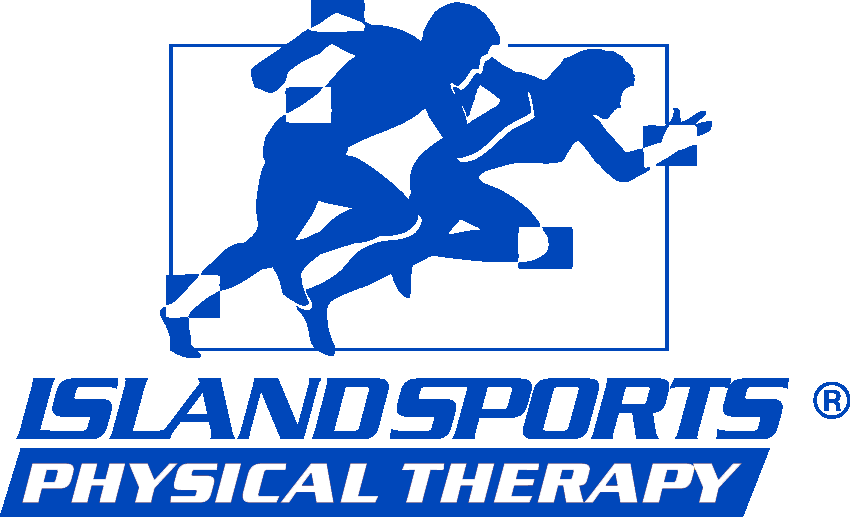Shoulder Pain and Physical Therapy
Shoulder pain can be a very difficult condition to deal with for many reasons. It’s not only very frustrating due to the discomfort it causes throughout the day and while sleeping, but also because of how debilitating it can be. Depending on your lifestyle and severity of the pain, it can prevent you from carrying out basic tasks that you need to accomplish on a daily basis. It is important to educate yourself on what can be causing this pain and what your options are to treat the problem.
The shoulder is a complex joint that is made up of three different bones: the ligaments that hold them together and a mix of muscles and tendons that keep it all together and in place. The three bones are the humerus (arm bone), the scapula (shoulder blade), and the clavicle (collar bone). The tissues that keep your arm bone securely in your shoulder socket make up your rotator cuff. Damage to these bones muscles, tendons, or ligaments that make up this intricate joint can cause discomfort or even serious injury.
There are many ways to cause stress to your shoulder, but the most common physical activities that can cause strain are ones that require you to continually reach your arms over your head such as swimming, throwing, and lifting. Reaching overhead can sometimes damage the shoulder’s tendons and can be quite painful. Another way you could be causing pain in your shoulder is by sitting and/or standing with poor posture. If you have less than perfect shoulder posture, the joint could be put into a position where it could become pinched. A final origin of shoulder pain that we must look out for as we age is arthritis, which can cause pain and loss of motion in the shoulder.
No matter what the cause of your shoulder pain, physical therapy can help! Through hands-on treatment, physical therapy can help loosen any tightness you have in the muscles surrounding the joint and help you stretch in ways that can help bring back any loss in the range of motion. Combined with numerous strengthening exercises, electric stimulation, and hot/cold therapy, you can help strengthen the joint which will not only help relieve pain but also support the long term health of your shoulder. Feel free to contact us at Island Sports Physical Therapy if you have any troubling discomfort in your shoulder!
Proper Stretching Techniques
Stretching before and after a workout is critical to injury prevention and muscle growth but the wrong or incorrect type of stretching can have an opposite effect.
Dynamic and static stretching are the two major types and are both integral to muscle health and an active lifestyle. It is recommended to perform 5-10 minutes of dynamic stretching prior to a vigorous physical activity such as a workout or a chore such as raking leaves, shoveling snow, or gardening.
Dynamic stretching helps warm up the muscles and prepare them for the upcoming tasks. Your dynamic stretching can encompass all the major muscle groups or can focus on specific muscle groups you plan on using the most. If you plan on shoveling snow, for example, it is better to focus on upper body stretches. Some examples of dynamic stretches include lunges, side bends, arm circles, and half squats.
Static stretching was once thought to be better prior to activity, but modern research has shown it is better to do after an activity is completed. Static stretching is the stretching of muscle groups at rest. Slow stretches, such as toe reaches, head bends, and quadricep stretches, may feel great and loosen up your muscles, but they actually achieve the opposite and cool the muscles down. Static stretching prior to a workout or other physical activity can lead to injury, although static stretching does have its benefits with regards to muscle repair post-workout.
Incorporating dynamic and static stretching into your routine is essential for muscular and joint health. The key to optimal results, however, is to know the key differences as well as when to incorporate each type. If you have any questions on how to properly stretch, the physical therapists at Island Sports Physical Therapy are here to help.
- « Previous
- 1
- …
- 11
- 12
- 13
